Nanoengineering boosts semiconducting material’s ability to convert heat into power by 200 percent and its electrical conductivity by 43 percent.
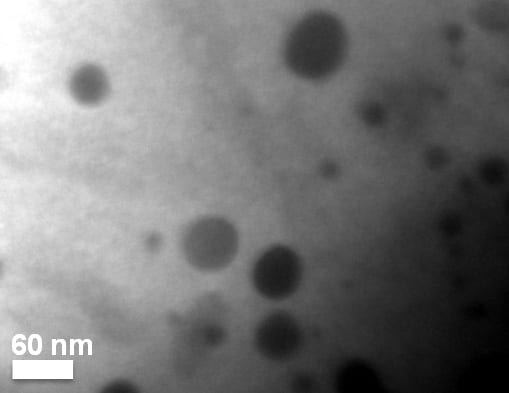

Nanoengineering boosts semiconducting material’s ability to convert heat into power by 200 percent and its electrical conductivity by 43 percent.
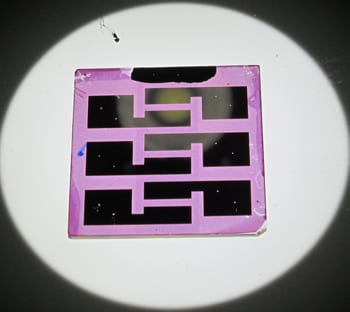
Solar cells created by laboratories at Rice and Pennsylvania State universities could open the door to research on a new class of solar energy devices.

Organic photovoltaic materials may lead to solar cells that produce more power and cost less.
“Cradle to grave” study of advanced Li-ion batteries recently completed by Abt Associates for the U.S. Environmental Protection Agency (EPA).
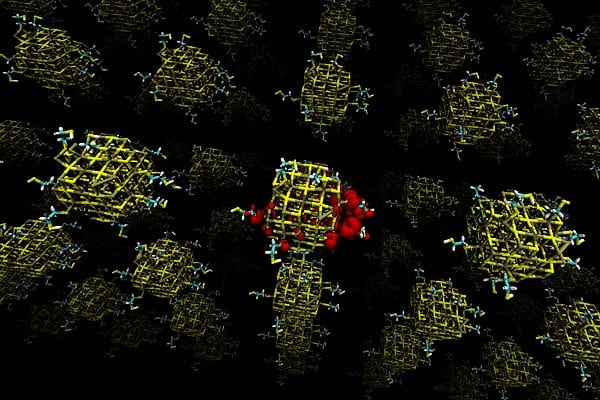
MIT researchers find that the secret lies in off-kilter ratios of the two basic components that make up the dots.
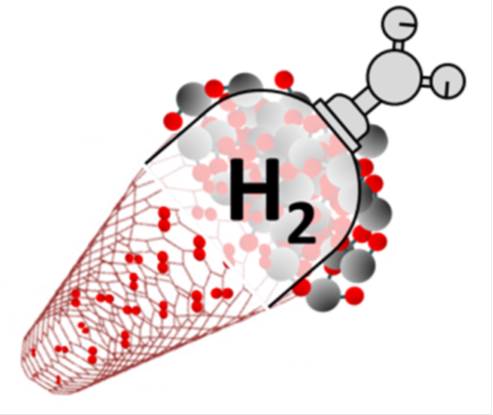
Researchers develop high-pressure hydrogen storage using nanocontainers made of single-walled carbon nanotubes with ice valves sealing the ends.

Combining graphene with other one-atom thick materials could create the next generation of solar cells and optoelectronic devices, scientists have revealed.
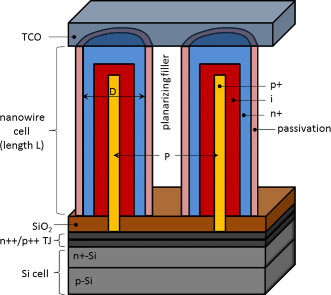
Review paper analyzes opportunities and obstacles for III-V nanowires in solar energy harvesting.
New research has investigated how the internal structure of organic solar cells impacts their performance.
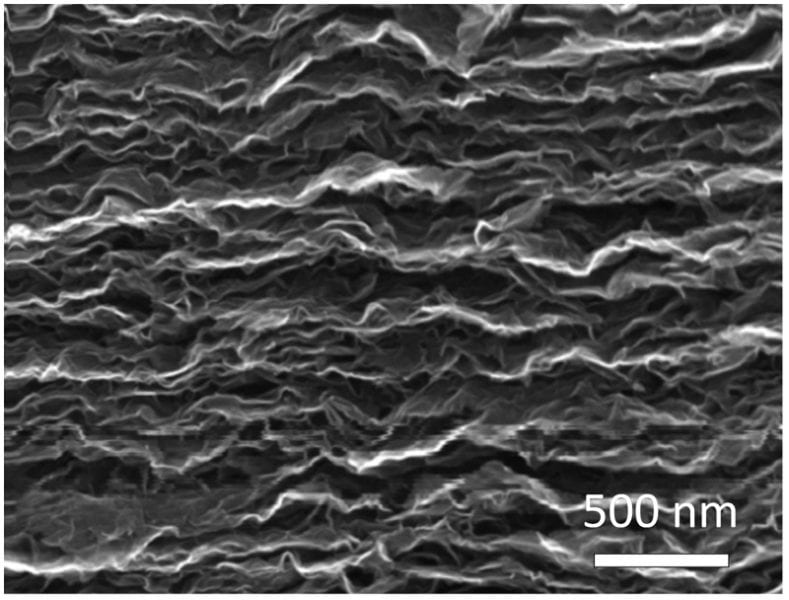
Chinese researchers develop a new process to make flexible electrodes for lithium ion batteries quickly and easily.